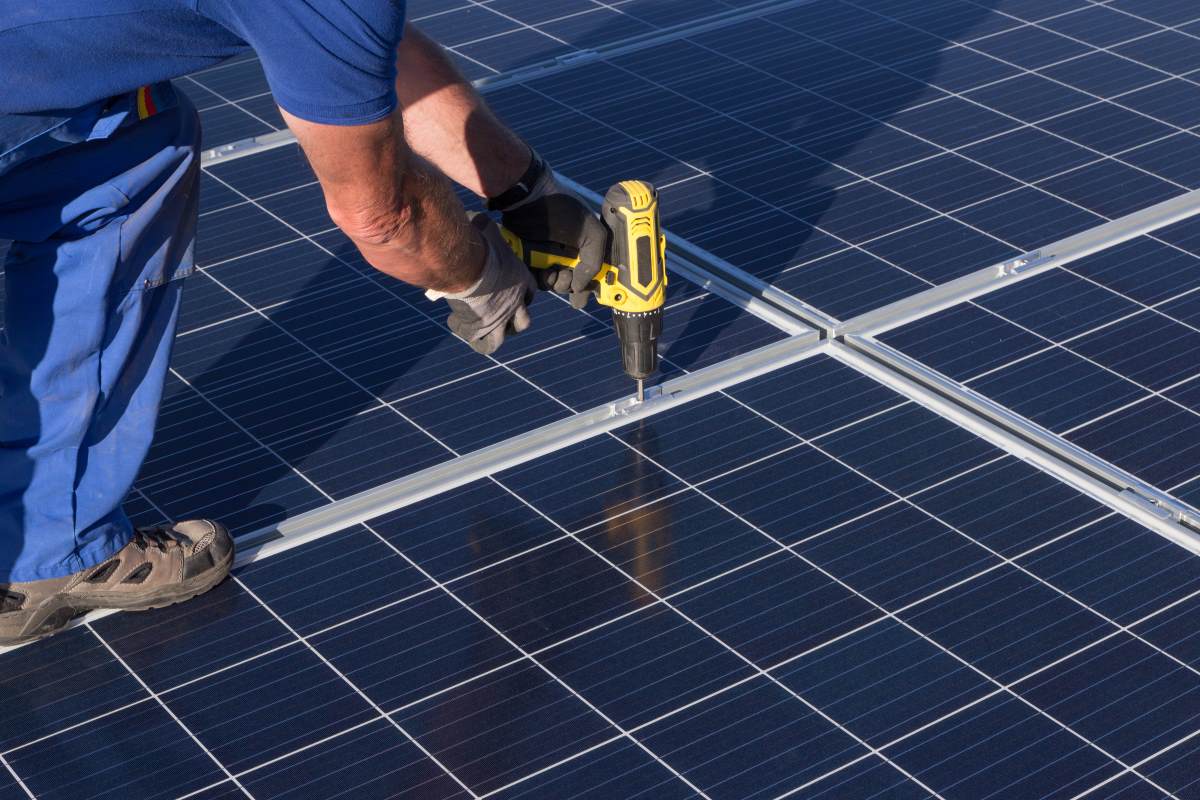ENEA has developed an innovative building, equipped with a photovoltaic system with storage, automated windows, darkening systems and advanced IoT systems to control energy flows, reducing exchanges with the electricity grid and costs of bills.
The experimental prototype of this smart building, capable of communicating with the electricity grid, located at the ENEA Casaccia Research Center (Rome), was created to provide integrated and flexible services to citizens as part of the “Electrical System Researc” program, funded by the Ministry of the Environment and Energy Security.
The intelligent building is also equipped with IoT devices that allow real-time acquisition of large quantities of data, reprocessed in order to define control strategies, remotely optimize the energy flows of the building systems and reduce energy consumption.
Thanks to the interaction with the storage systems, the building’s energy needs are made flexible to dynamically adapt according to power availability from photovoltaics, the requests from the electricity grid, for example in an event of peaks or congestion, or energy price signals provided by the market, typically one day in advance.
A first proof-of-concept based on blockchain technology was developed in the same building, replicated on the IBSI (Italian Blockchain Services Infrastructure), an experimental project stemmed from the collaboration of public and private entities with the aim of promoting the development of public utility services.
The solution provides that, starting from the monitored energy data, an innovative approach is simulated to stimulate memebers of an energy community to virtuous behaviour, encourage self-consumption of renewable energy and flexible management of buildings. The system works on reward/penalty mechanisms, based on self-consumption and the PUN (National Single Price), the wholesale price of electricity, quantified trough tokens, to be used to certify and valorise virtual energy transactions among members of the energy community.





